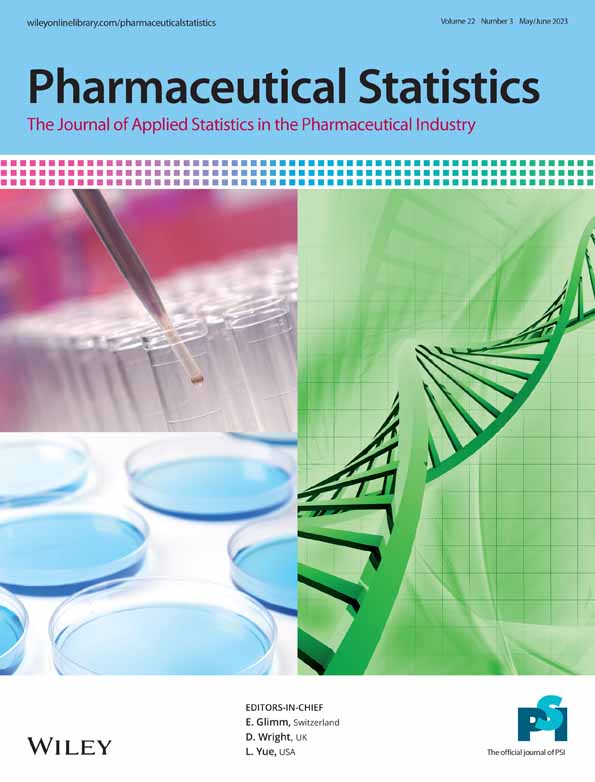Statistical considerations for assessing precision of heterogeneous duplicate measurements: An application to pharmaceutical bioanalysis
Abstract
Duplicate analysis is a strategy commonly used to assess precision of bioanalytical methods. In some cases, duplicate analysis may rely on pooling data generated across organizations. Despite being generated under comparable conditions, organizations may produce duplicate measurements with different precision. Thus, these pooled data consist of a heterogeneous collection of duplicate measurements. Precision estimates are often expressed as relative difference indexes (RDI), such as relative percentage difference (RPD). Empirical evidence indicates that the frequency distribution of RDI values from heterogeneous data exhibits sharper peaks and heavier tails than normal distributions. Therefore, traditional normal-based models may yield faulty or unreliable estimates of precision from heterogeneous duplicate data. In this paper, we survey application of the mixture models that satisfactorily represent the distribution of RDI values from heterogeneous duplicate data. A simulation study was conducted to compare the performance of the different models in providing reliable estimates and inferences of percentile calculated from RDI values. These models are readily accessible to practitioners for study implementation through the use of modern statistical software. The utility of mixture models are explained in detail using a numerical example.
CONFLICT OF INTEREST
The authors declare that they have no competing interests.
Open Research
DATA AVAILABILITY STATEMENT
The data used in the numerical example were simulated as indicated in Section 6. The data are available from the corresponding author upon reasonable request.




